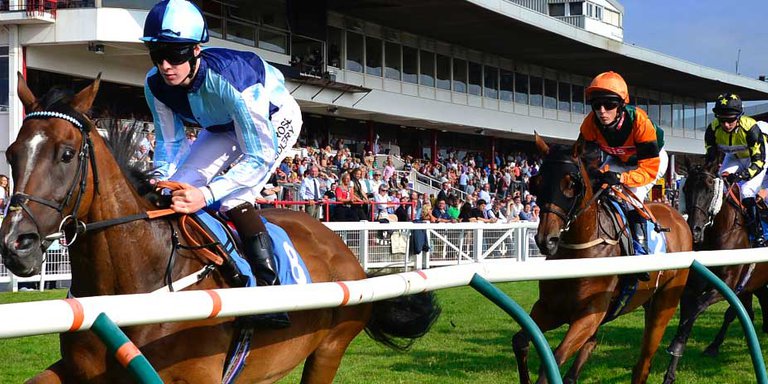Redcar Racecourse is steeped in history and can trace its beginnings back to the early part of 18th Century when racing was a much simpler affair with only a handful of races taking place on Redcar beach. Prizes were modest as were the facilities, a temporary grandstand was erected by an enterprising local joiner, Mr. Adamson, who charged for using it. In return he had to put up a judge’s box (a bathing van) and winning and starting posts free of charge!
The Chairman in those days was John Hikeley who owned the Lobster Inn in Coatham.
The introduction of new Jockey Club rules dictated that money was to be raised from entrance fees and so racing was moved away from the sands. The final meeting on the sands was in 1870 where John Osborne won the Cleveland Hunt Cup, value £30 and Mr. Peacock won the Licensed Victuallers’ Stakes of £15.
-
Racing
-
Hospitality
- Sponsorship
- Owners & Trainers
- Venue Hire
- Latest News
-
About us









